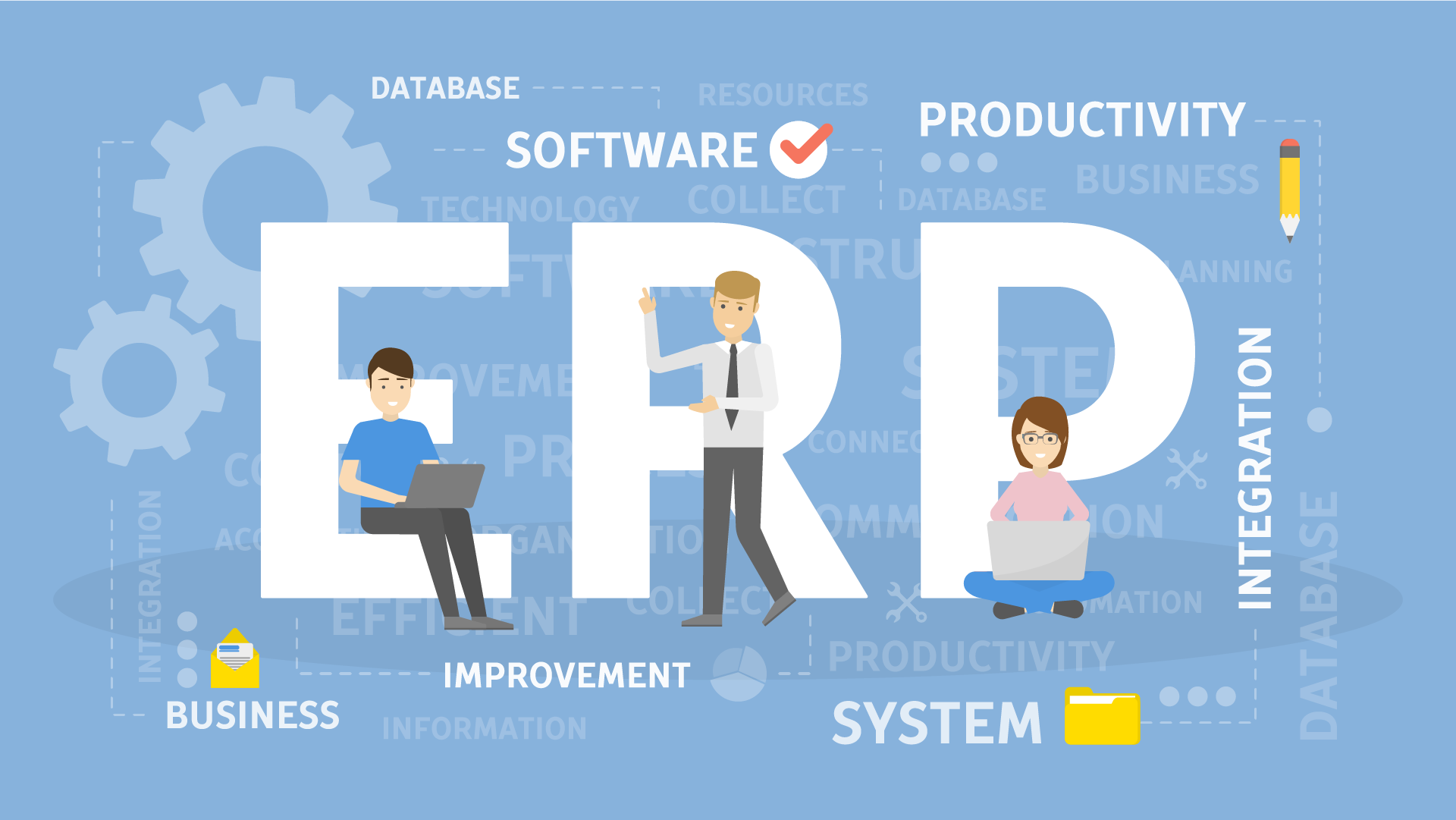There are few administrative initiatives that might prove more challenging to more of your employees in more departments than the launch or changeover of an ERP system. Don’t get me wrong — in time you’ll all feel that it’s totally worth it in terms of enhanced productivity and accuracy. It’s just that you’ll all work up a sweat getting there.
In an earlier blog post I described your Enterprise Resource Planning system as being the brain center of your company. So an ERP implementation is a little like brain surgery — rather complex, but with the potential for an incredible outcome. Here are a few guidelines for a successful “surgery.”
Make it a SMART move. When the time comes for implementation of a new ERP solution, you’ll know it. But it’s equally important to know what you hope to achieve. That means setting goals. Not a pie-in-the- sky wish list, but realistic expectations that won’t confound your team.
All expectations should be stated simply and clearly by using SMART goals. Those are written directions that are Specific, Measurable, Agreed-Upon by all stakeholders, Realistic and Time-based.
Here are a couple examples of well-written SMART goals for ERP implementation:
“One hundred percent of new sales must be entered in the new ERP system starting June 1.”
“We will decrease picking process time for customer deliveries by 20 percent within three months.”
Both examples are straightforward. As long as they’re realistic and have been agreed-upon by those who’ll use the system, they work. Now that you know what you’re doing, it’s time to start doing it.
Gather the right team. An ERP implementation can take several months or longer. That’s why the team you put together is so important. Each member should be collaborative, energetic, positive and an expert in their field. All viewpoints should be encouraged and taken into serious consideration. Roles should be clearly defined and team members should be able to work well with and for the project lead. His or her responsibility is to take in all input and make sure the project moves forward on time and as smoothly as possible. Your project lead will also hire outside resources as needed.
Clean up your data. “Garbage in, garbage out.” Take the time needed to remove duplicate vendors and customer information and rid your system of all other sources of irrelevant and junkie data. This will make implementation and reconciliation a lot easier.
Test, test, test. Dedicate enough time to walk through your major business processes within the new system well before launch date. Create a test plan early in the process and work it. This is the time to make mistakes and changes. Waiting until you are processing live is costly and time consuming and can bruise or break customer relations.
Craft a training plan. Nothing can kill morale and slow productivity faster than insufficiently trained users of the new system. Even the best solution is useless if your employees don’t know how to properly use it. They will blame the system and give up or — worse — quit altogether.
Create a communications plan. Remember that SMART goal about making sure your efforts are agreed-upon? That imperative continues as the new system gets built and integrated into your business processes. Plan ahead how you’re going to regularly communicate with stakeholders about project status, milestones, setbacks, deadlines and next moves.
Identify risks. Yes, of course there are risks. That comes with the territory, no matter how well you’ve planned. It’s important for your team to stay positive, but it’s only by considering worst-case scenarios and the obstacles you might face that you can plan your response before you’re in the midst of battle.
Again, your new ERP is totally worth what you’re about to go up against, but it will be much less of a challenge if you follow these few sensible guidelines. Happy implementation!
David Singletary is a software project manager at Wiss & Company LLP with over 20 years’ experience in project management. You can contact him at (973) 994-9400 or at [email protected].

 Previous
Previous






